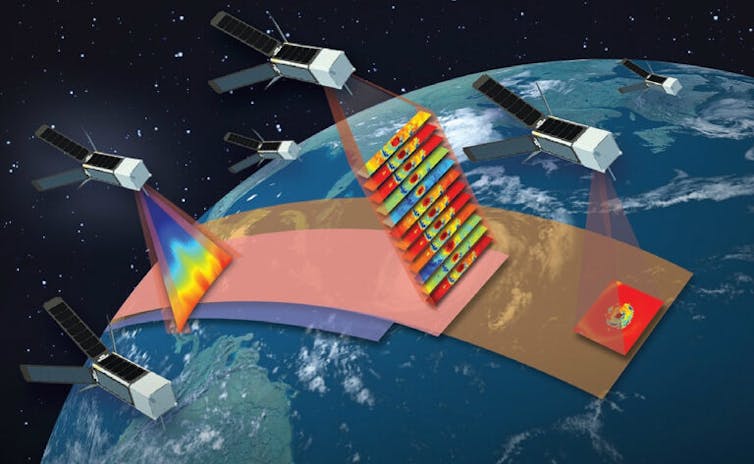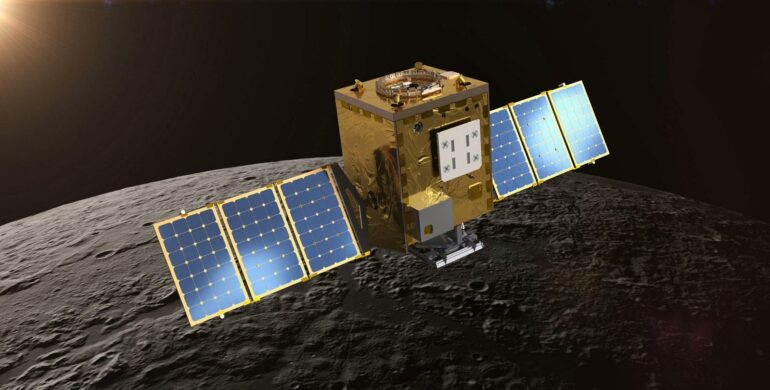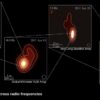NASA’s upcoming Artemis II mission is slated to return astronauts to the Moon no sooner than April 2026. Astronauts were last on the Moon in 1972 during the Apollo 17 mission.
Artemis II will utilize NASA’s Space Launch System, which is an extremely powerful rocket that will enable human space exploration beyond Earth’s atmosphere. The crew of four will travel in an Orion spacecraft, which the agency launched around the Moon and successfully returned during the Artemis I mission.
But before Artemis II, NASA will send two missions to scout the surface of the lunar south pole for resources that could sustain human space travel and enable new scientific discoveries.
Planetary geologists like me are interested in data from Lunar Trailblazer, one of these two scouting missions. The data from this mission will help us understand how water forms and behaves on rocky planets and moons.
Starting with scientific exploration
PRIME-1, or the Polar Resources Ice Mining Experiment, will be mounted on a lunar lander. It’s scheduled for launch in January 2025.
Aboard the lander are two instruments: The Regolith and Ice Drill for Exploring New Terrain, TRIDENT, and the Mass Spectrometer for Observing Lunar Operations, MSOLO. TRIDENT will dig down up to 3 feet (1 meter) and extract samples of lunar soil, and MSOLO will evaluate the soil’s chemical composition and water content.
Joining the lunar mining experiment is Lunar Trailblazer, a satellite launching on the same Falcon 9 rocket.
Think of this setup as a multimillion-dollar satellite Uber pool, or a rideshare where multiple missions share a rocket and minimize fuel usage while escaping Earth’s gravitational pull.
Bethany Ehlmann, a planetary scientist, is the principal investigator of Lunar Trailblazer and is leading an operating team of scientists and students from Caltech’s campus. Trailblazer is a NASA Small, Innovative Mission for PLanetary Exploration, or SIMPLEx.
These missions intend to provide practical operations experience at a lower cost. Each SIMPLEx mission is capped at a budget of US$55 million – Trailblazer is slightly over budget at $80 million. Even over budget, this mission will cost around a quarter of a typical robotic mission from NASA’s Discovery Program. Discovery Program missions typically cost around $300 million, with a maximum budget of $500 million.
Building small but mighty satellites
Decades of research and development into small satellites, or SmallSats, opened the possibility for Trailblazer. SmallSats take highly specific measurements and complement data sourced from other instruments.

Missions like NASA’s TROPICS use a network of small satellites to take more data than one satellite would be able to do alone.
NASA Applied Sciences
Multiple SmallSats working together in a constellation can take various measurements simultaneously for a high-resolution view of the Earth’s or Moon’s…



